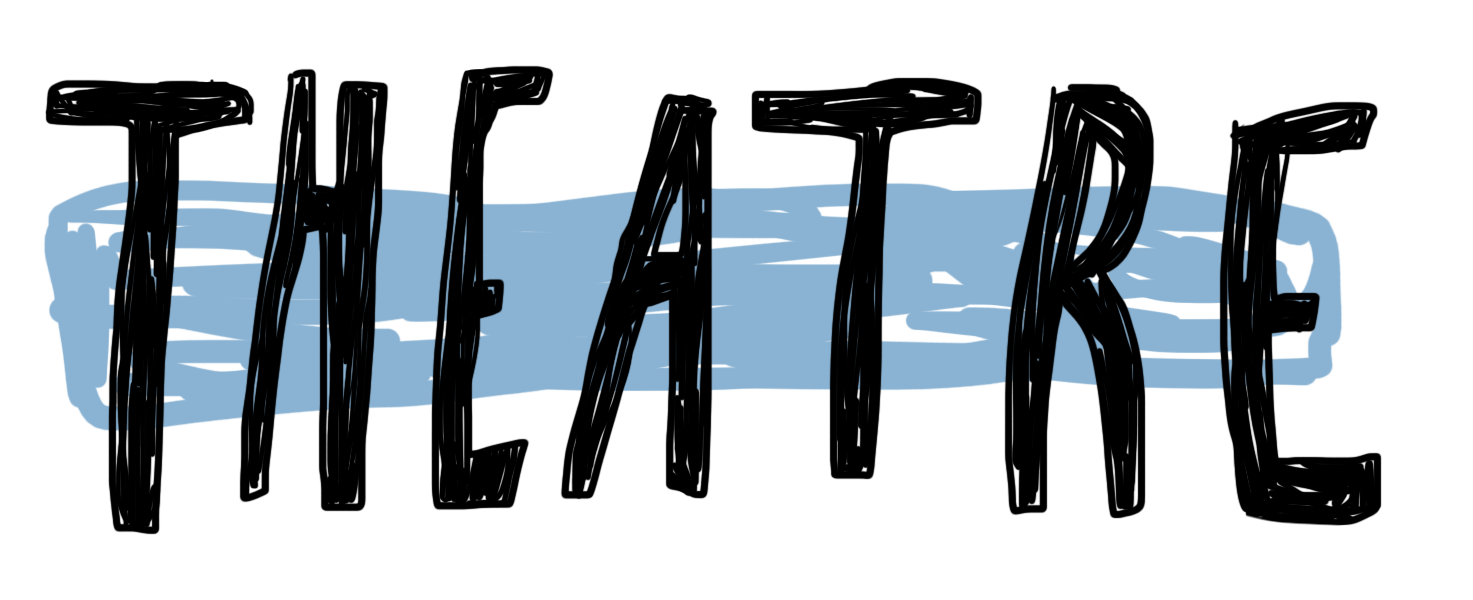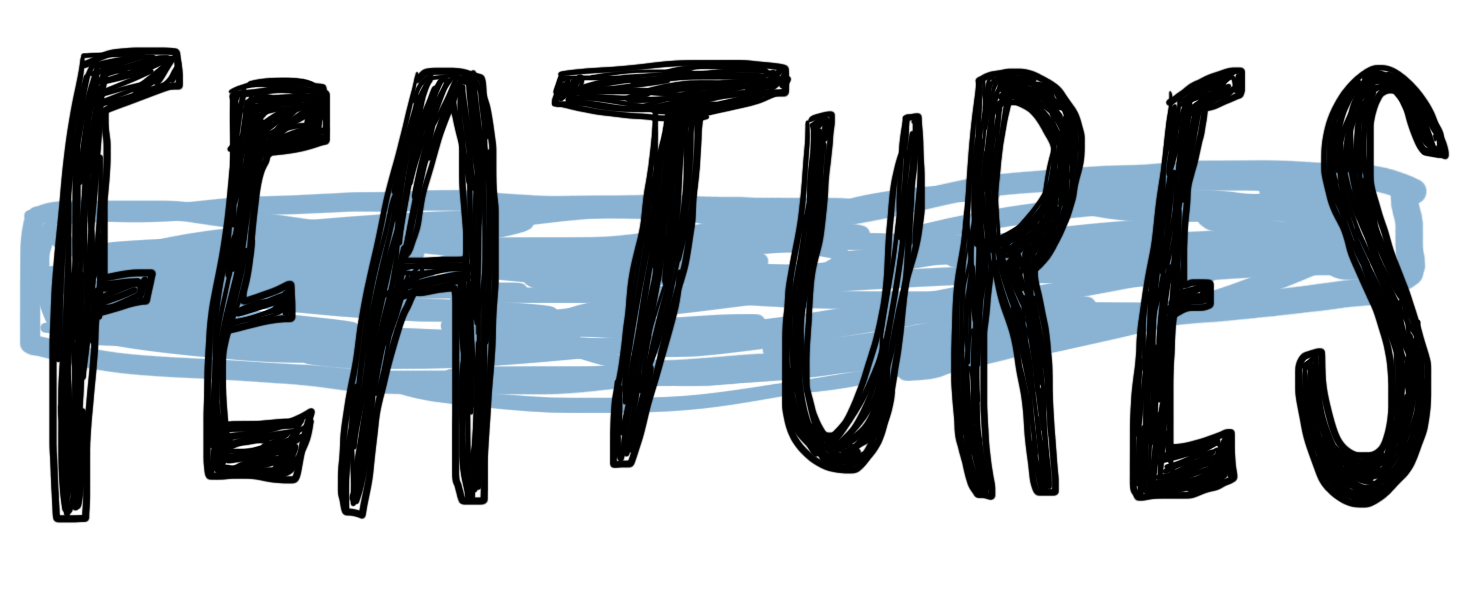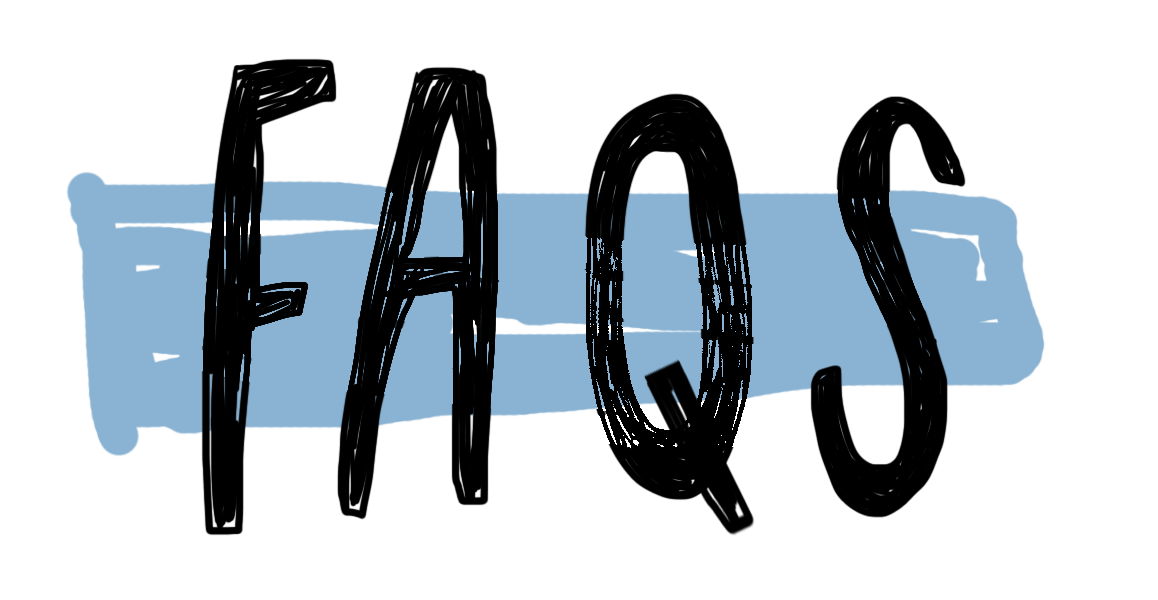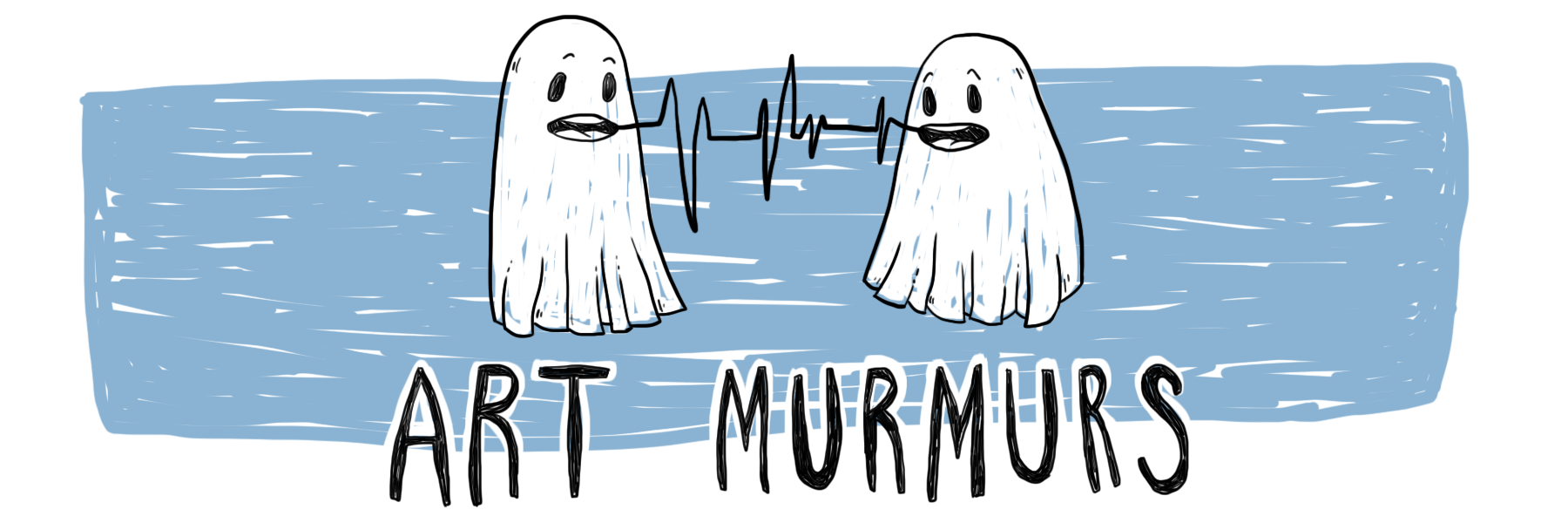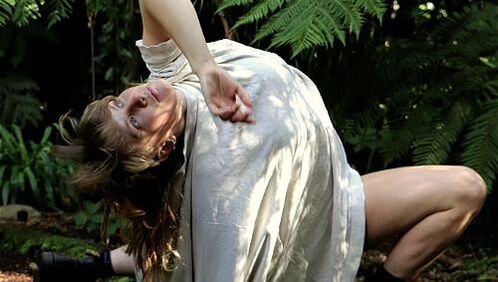Sean Burnett Dugdale-Martin
The show is in seven distinct, ordered sections: Alive, Fight-Flight, Freeze, Collapse, Leave, Chase, Ground. The Dancer, Georgia Beechey, sets up and executes recurring motifs throughout the piece, having them subtly changed between sections, with power and endurance. No one works harder on stage than dancers and Beechey works incredibly hard and makes it look effortless. There is a point in the show where Beechey takes herself up off the floor and leaves behind a pool of sweat. Let this physical indication of extreme effort be also indicative of the thought and care put into the creation of this show as a whole.
Each section prefaces with text over projection (Jeff Simmonds) of what is happening in the brain or to the body during each stage. Each of these are steeped in fact and portrayed in a way that Groves finds most accurate to her lived experience. The text between sections reminded me of plaques in art galleries or museums. This show belongs in a gallery because of its beauty and the patience Groves has woven into portraying her truth.
Groves has created a body of art that reflects how she lives and feels. It is evident that the team has put an incredible amount of thought into this work. Having said that, in the spirit of Fringes kaupapa of experimentation and testing work, I will offer a suggestion knowing full-well that my eye is that of someone who does not live with dissociation.
During the performance Ten Broeke played the guitar during the Alive section, and then stopped during the Fight-Flight section all the way down to the Chase section, where he played a red electric guitar that bounced off the walls in a satisfying juxtaposition to the smooth acoustic guitar of before. I interpreted this break from live music as the mind leaving the body and then the disturbed re-alignment later on. I felt that this was a missed opportunity to frame the on-stage musician at The Mind and have the dancer be The Body. In the post-show Q&A I learnt that having Ten Broeke playing live was a last-minute addition a few days before the show. Great instincts from the team to make that happen, often last-minute decision make the best parts of any show, and I hope the team pursues the opportunities that the offer brings to the piece. I wonder if instead of having Beechey respond to a projection of herself, instead have Ten Broeke’s role respond to Beechey’s?
The piece of art stands tall on its merits. It’s a beautiful show for those without dissociation, and my bet is that those with dissociation will find beauty in the truthful engagement with something they live with, that most may never understand.
Unfortunately, its run in Fringe is over but you can find more info about the piece here.
